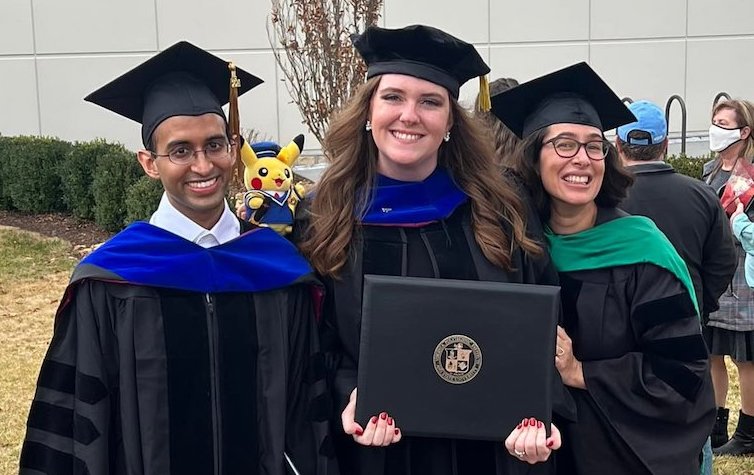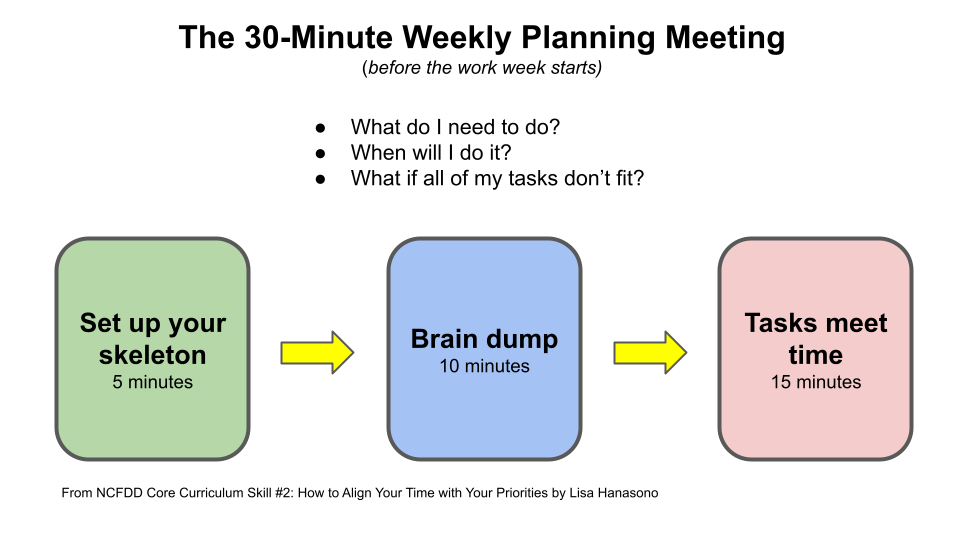This year’s GTA Training Activity focused on how we as teaching assistants can better elicit, shape, and respond to student contributions. GTAs are often responsible for managing student contributions, whether in the classroom, office hours, or recitation. In this training activity, we discussed how various strategies for eliciting certain kinds of student contributions, as well as how our language and classroom practices can shape the contributions our students give.
The activity began with a mock lecture about the Closed Interval Method for absolute extrema in Math 1225, intended to help everyone engage in reflection on how our pedagogical moves and language choice can influence student contributions. Much of the time was spent on small group and whole room discussions around the topic of student contributions. Towards the end, the GTAs were given the opportunity to try and prepare a mock lecture pertaining to the topic of identifying vertical asymptotes for a piecewise function using the limit definition in Math 1225.
Key Takeaways
In the classroom, various things impact how our students contribute. As we continue to grow as teachers, we should strive to prepare the learning experiences we give our students in a way that takes student contributions into consideration. For example, if we are giving a certain example in class, why are we giving that example? Does it offer opportunities for contributions? If so, where and when do we expect questions and comments from students? Was the example designed to purposely draw out contributions on a certain concept(s)? In order to begin thinking about these questions, we posed two broad questions during the training activity:
- What are strategies for promoting students to share what they are actually thinking?
- How might the language we use to prompt students impact the contributions that students offer?
A simple but motivating example to begin answering these questions is the difference between asking, “Does anybody have any questions?” versus “What are some questions that you have?” This subtle distinction informs students that you are expecting and welcoming questions, rather than just asking because teachers should check if there are questions. More specifically, we as teachers can ask questions that more directly get at what students are thinking and where they are struggling. An example question could be, “In this step of the problem, we saw this happen. What are some thoughts you have about that?” When using this in a place where you are hoping to highlight something in the problem, this not only allows for students to be the ones contributing this information, but this question is more open-ended. Students will feel like they can contribute because they only need to share what they are thinking.
Group Activity: Developing a Mock Lecture with Student Engagement
We had groups of Graduate Teaching Assistants (GTAs) create their own mock lecture. This mock lecture centered around completing a problem that required students to find vertical asymptotes for a piecewise defined function using the limit definition. The groups not only discussed the solution to the problem but discussed why this might be a good problem to solve during lecture. This led them to consider answers to the following questions: Why would we give students this problem over another problem? Where do we expect students to get stuck or confused during the problem? What concepts do we want students to take away from this problem? Moreover, the groups noted the example not only required students to know the limit definition of a vertical asymptote but how to apply that definition to a function while drawing from prerequisite knowledge of piecewise functions. This prompted the GTAs to propose a number of questions that would solicit engagement: What makes this problem more difficult than the problems we’ve seen in the past? What are the major steps to completing this problem?



